Saipan: An Island Tour
By Allyson Ropp
As has been stated, we are here to document submerged WWII, but there is so much more to the island than its crystal clear and vibrant blue waters filled with war machines. The island's location in the western Pacific has drawn many different people to its shores, creating quite a mix of cultural influences reflected in the land- and seascape. As with any good project, it helps to get an understanding of the project location's greater history. That is exactly what we did.
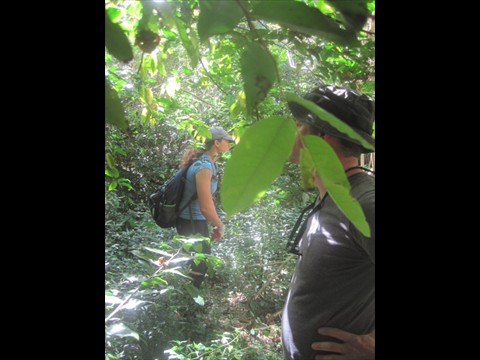 Hiking through the jungle (photo by A. Ropp).
Hiking through the jungle (photo by A. Ropp).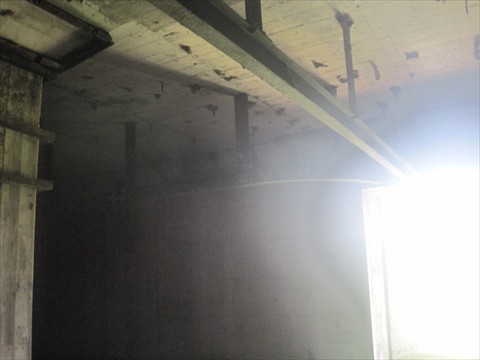 Inside of the Japanese Bomb Magazine (photo by A. Ropp).
Inside of the Japanese Bomb Magazine (photo by A. Ropp).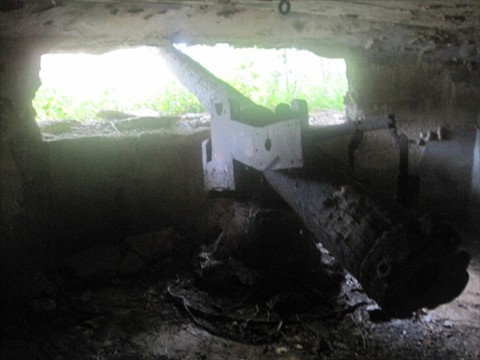 Japanese Pillbox with gun still in place at Lau Lau Bay (photo by A. Ropp).
Japanese Pillbox with gun still in place at Lau Lau Bay (photo by A. Ropp).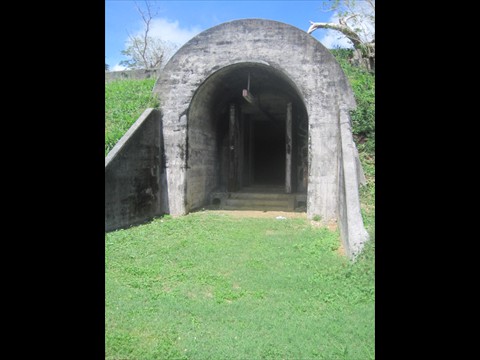 Japanese Bomb Magazine (photo by A. Ropp).
Japanese Bomb Magazine (photo by A. Ropp).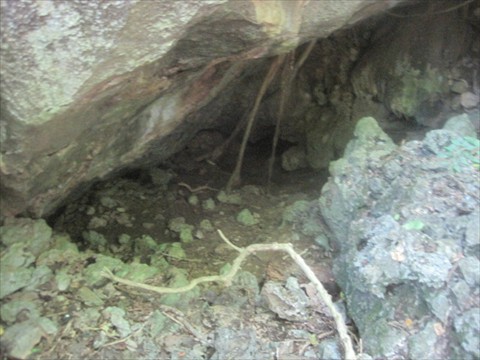 Japanese defensive position under low hanging rocks in Beehive Cave jungle (photo by A. Ropp).
Japanese defensive position under low hanging rocks in Beehive Cave jungle (photo by A. Ropp).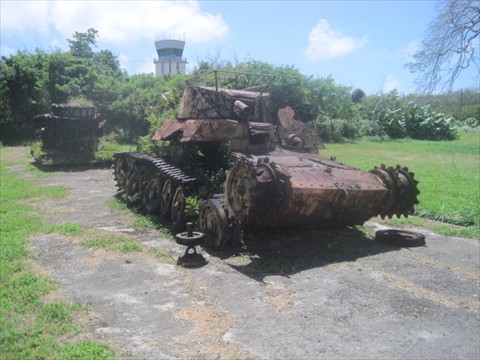 Japanese Tank (photo by A. Ropp).
Japanese Tank (photo by A. Ropp).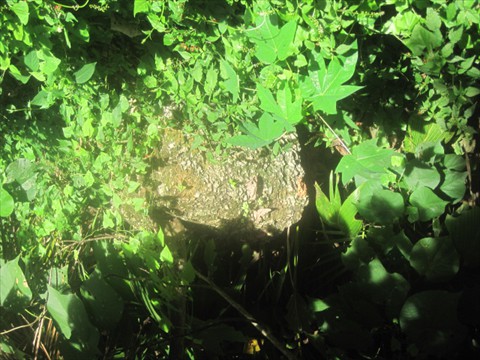 Latte Stone at Bapot (photo by A. Ropp).
Latte Stone at Bapot (photo by A. Ropp).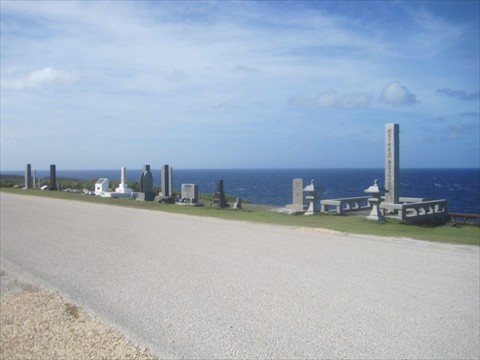 Memorials at Banzai Cliff (photo by A. Ropp).
Memorials at Banzai Cliff (photo by A. Ropp).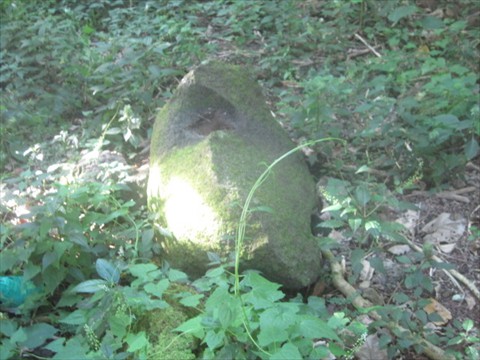 Mortar Stone at Bapot (photo by A. Ropp).
Mortar Stone at Bapot (photo by A. Ropp).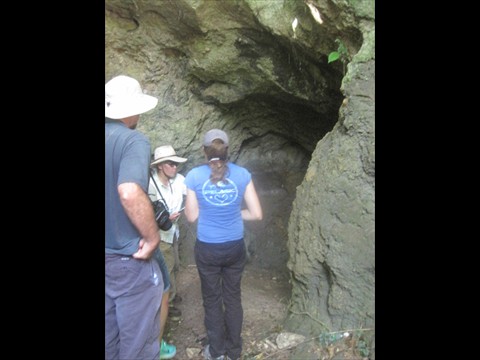 Rock cave near Lau Lau Bay (photo by A. Ropp).
Rock cave near Lau Lau Bay (photo by A. Ropp).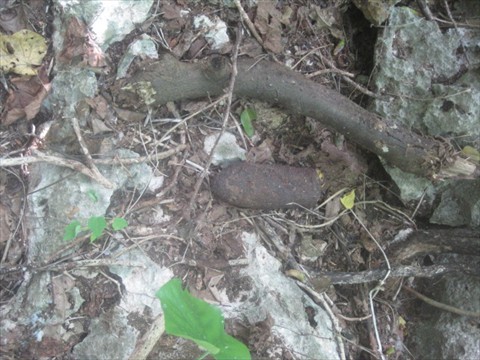 Shell from WWII in the Beehive Cave jungle (photo by A. Ropp).
Shell from WWII in the Beehive Cave jungle (photo by A. Ropp). View of Suicide Cliff from Banzai Cliff (photo by A. Ropp).
View of Suicide Cliff from Banzai Cliff (photo by A. Ropp).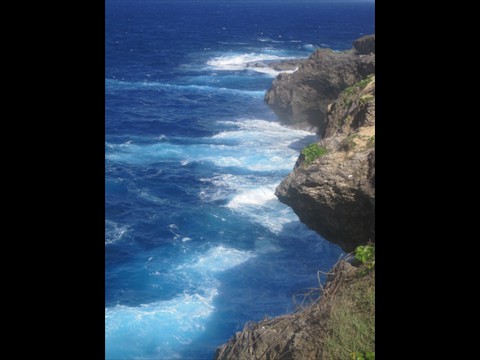 Banzai Cliff (photo by A. Ropp).
Banzai Cliff (photo by A. Ropp).
Led by one of our fearless project directors, Jennifer McKinnon, and local historian Genevieve Cabrera, we have so far explored the history of the island ranging from prehistoric times through World War II. One of the sites we visited is called Bapot and was likely settled around 1500 BCE. Scattered underneath the overgrown vegetation are the remains of latte stones, ceramics, and a mortar (used for grinding). Latte stones served as foundations for houses and structures throughout the Marianas.
The Japanese-controlled islands restricted many of the freedoms of the locals as sugar plantations took over. World War II changed everything. When the Japanese attacked Pearl Harbor, it was all but inevitable that Saipan would be an American target during the war. Operation FORAGER, executed in 1944, allowed the Americans to take control of the islands. On our tour, as I have gotten away from it filling you with the history of the island, many of the sites were related to the invasion and its aftermath.
We first started our tour on the southern end of the island right next to the airport. There are the remains of Japanese fortifications for the airport including a bomb magazine, air raid shelters, and various other tanks and guns set up for tourists to view.
Next, we continued up the island past the invasion beaches on the southern end to Tanapag Harbor where the Japanese stationed their seaplanes and naval vessels. Banzai Cliff and Suicide Cliff are on the northern end of the island. Banzai Cliff is a rock face that faces the Pacific Ocean and Suicide Cliff is up on a mountain with a sheer drop to the forest below. These sites are where hundreds of Japanese civilians and soldiers took their own lives to avoid capture by or surrender to Americans. Today, both areas are lined with memorials from Japanese and Korean families as markers of remembrance of the tragedies that occurred there.
In the same area, Genevieve led us through the jungle in search of some prehistoric caves. Although we could not find the caves, we located some Japanese defensive positions situated underneath some rock faces for surprise attacks. In the same area were numerous unexploded ordinances and bottle fragments.
To complete our journey, we traveled back to the southern end of the island. There, we found a natural rock cave that had been modified. The cave we ventured into was expanded prior to the outbreak of WWII by Korean forced labor. During the war, both soldiers and civilians took shelter in caves. Near the cave was a Japanese pillbox with the gun still included.
Overall, the tours we have had have been amazing. We have seen so much of the island and its rich history in a very short amount of time and we still have completed loads of work for the project. Sometimes you just need a good guided tour to understand the significance of where you are in the world and now I definitely know the importance of this beautiful island to the world.
Previous Next

